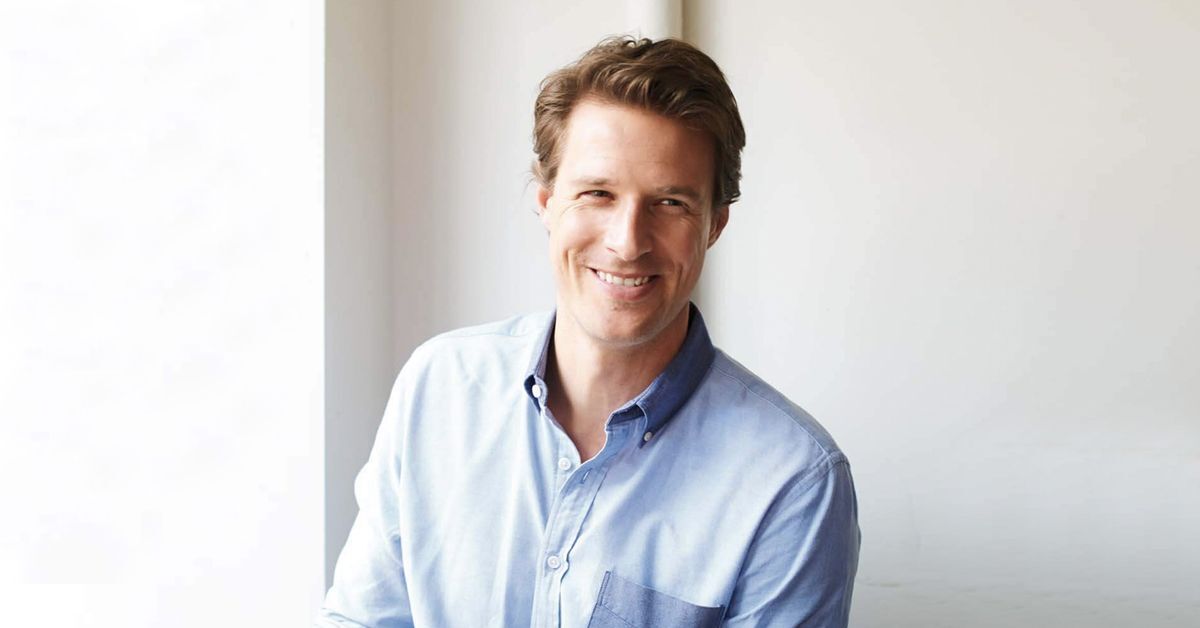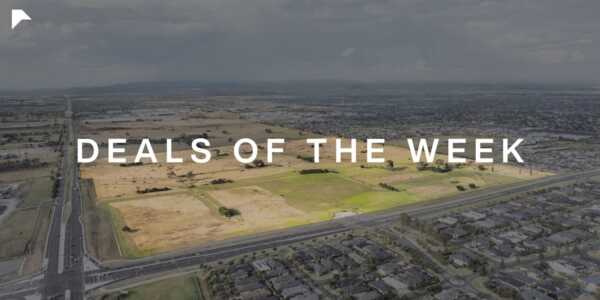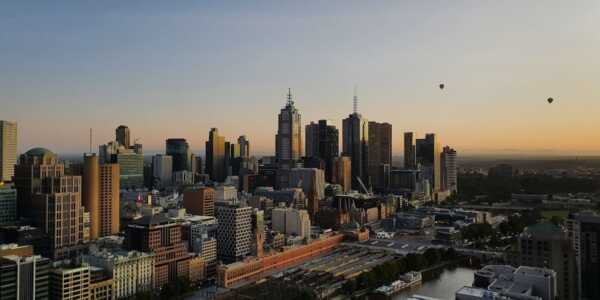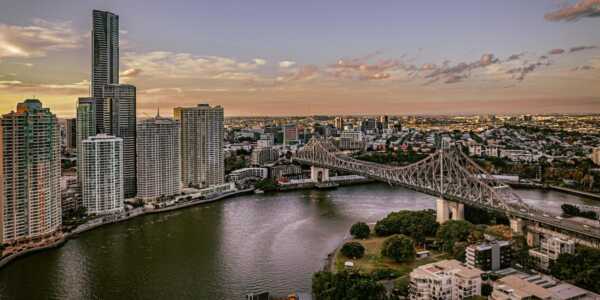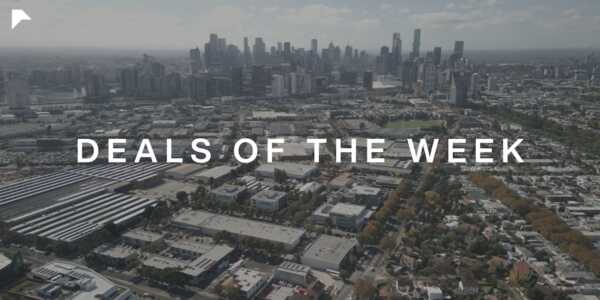In Part 2 of our two-part interview series highlighting Aussie success in the US, we’re trading the sunny shores of Los Angeles for the hustle and bustle of the city that never sleeps.
Launching its first store in 2013, Bluestone Lane brought a coffee revolution to the American people. It may be surprising to some, but the culture and attitude around coffee in Australia, is uniquely Australian. Good service, high quality options, healthy food and appealing environments – these are just some of things that many of us take for granted.
When Nick Stone travelled to New York, for a university exchange, he realised that he had been taking his local Melbourne cafés for granted. And in that moment, he saw an opportunity.
Nick Stone – Founder and Owner of Bluestone Lane
“When I arrived, I couldn’t believe how different the coffee culture was – and I probably didn’t appreciate, back in Australia, how much coffee actually played in my daily life, in my daily ritual."
Bluestone Lane is an Australian-inspired coffee shop, cafés & lifestyle brand offering premium coffee and healthy and delicious food across America. Since his first store opening in New York in 2013, Nick has opened more than 50 stores across multiple states, and it is only the recent global health crisis that has been able to slow this seemingly unstoppable train down.
Its booming success is credited by Nick to not only their quality product offering, but significantly to the welcoming experience and high-quality service that he imported from his local cafés in Melbourne. By focusing on the customer experience, Nick believes he was able to fill a hole in the hospitality market that many Americans were blind to.
“When I moved to New York in 2010, I was actually going to business school as part of exchange with my MBA. I was actually chasing my girlfriend, who ended up becoming my wife, so that was worthwhile.
“What I noticed when I was in a coffee shop, or talking about getting coffee with friends, was that there was a lot more focus on the transaction and commoditisation of getting people caffeine. It was all done in a very efficient way; it was about speed, not service, not quality and not about healthy food either.”
Nick was perplexed. He noticed that no one around him spoke about getting coffee with any love or special emotion. Everyone he met had their local spot for laundry, or for where they got their hair done; they talked about supermarkets with more passion than they did their coffee.
“They just didn’t seem to care where they got their coffee from – which being a Melbournian struck me as a little bit odd.”
Following his AFL career, Nick moved into banking, working long hours and frequenting his local coffee shops at least twice a day, every day of the week. He knew how to be a customer and how to be a business analyst, but he had never worked a day of hospitality or retail in his life. Nevertheless, he decided to see if this market space was something worth exploring.
“I had a pretty closed view of Starbucks, but I almost fell off my chair when I realised that they were worth nearly $100 billion US. It was worth more than basically any company in Australia and they had built that fortune over 30 to 35 years. They currently account for 40% of all coffee shops in the US. It’s staggering. But then when I looked at who the number two player was, I saw it was Dunkin’ Donuts, and they had a market cap of $5 billion. In most industries you don’t see moats that big.”
Nick was right, apart from perhaps IT, industry market-share is generally spread across a few key players. Starbucks had dominated the market, and in doing so they appeared to control the culture around coffee too. There was space for disruption, and despite more than 75% of businesses in New York failing within the first five years, Nick knew he was onto something.
Everyone goes through the lobby
Another key difference that Nick noticed while working in the high-rise buildings of Manhattan, is how different the ground floor spaces were.
“There was a huge difference between A-Grade office buildings in Australia and the US. In Australia, the coffee shop acts as a catalyst to drive a more vibrant atmosphere in the lobby, whereas in the US, the lobby was seen as a museum.
“They weren’t progressive, they weren’t thinking about these spaces as places where people could congregate. No one seemed to have the vision that these spaces could actually be used, whether it be for coffee or even an informal co-working area.
“That was a big part of the pitch, to try and get the building owner and operators to think about Bluestone Lane as an enhanced amenity to help them fill vacancies and retain tenants.”
Bluestone Lane’s first store was in Midtown at 805, 3rd Avenue. The initial launch was funded by a close network of friends and family, who helped raise $1.5 million of capital for this new venture. Since then, the growth has been staggering as he aims to double store count and revenue every year. Nick’s investment needs have outgrown his friends and family’s capabilities.
“We’ve raised a lot of money to fund the growth and it’s all been done through company owned stores – it hasn’t been done through licence or franchise. We’re currently at over 50 locations in eight markets so we went wide very early. We had confidence in the brand and confidence in our controls.”
The Disrupter of this Big Disrupter
With his debt growing with his business, Nick has had some close financial calls that are more intense than his laid-back demeanour might suggest. While sometimes even having to fund payroll out of his own private bank account, he knows that this is the life of an entrepreneur. That being said, nothing has hit the business harder than this year’s health crisis.
“COVID-19 has been a big disrupter for us, because our strategy has a lot of risk and many of our venues have suffered from empty offices.”
Thankfully the situation is not as bad as it could have been, with Nick remarking that had Bluestone Lane been purely focused in New York, they would be in a much dire situation.
“This year I thought we were going to be at 65 stores, but in reality, we’re going to be at 45. We’re actually going to have to close seven stores because it’s just not viable.
“We’ve been disproportionally impacted because of our urban strategy. We have a lot of stores that are within office towers, and if those office towers are empty, which they have been since March and probably will continue that way well into next year, then we’re going to struggle.”
What city? What neighbourhood? What street? Where on that street?
Deciding on location has always been of paramount importance for every new store launch. Nick’s first investigations are focused on where his core customer base is located and where they’re going to work and spend time.
“We have two models. One is the coffee shop model; which is focused on having an annuity-like relationship with a captive audience. This works really well in office buildings because we know that a cohort of people are going to be there every day or five days a week and we’re going to have a chance to serve them twice a day. Then we have a café model; which is closer to a restaurant business, the real opportunity here is on the weekend – that’s when we generate more than 50% of sales – so we need to be in residential districts.”
Understanding the market, and the key demographic and psychographic characteristics of a customer base is a reasonably straightforward process, Nick divulges. At the same time, he mentions that it is equally complicated and technical.
“When you make a decision on which market you’re going to go into, you then have to decide on the sub-market, and then the street, and then where on that street. This will have a profound impact on whether the store is going to be successful or not. If you get the first few stores wrong, you could lose all of your confidence; but maybe the market is there, maybe you just have the wrong spot. So working out the specific detail is crucial.”
Don’t wait around for the future to become the now
For many businesses around the world, this is a troubling time. The incredible disruption of COVID and the inability to predict what the next 12-months, two-years, five-years, will look like is understandably intimidating for many. But sitting idle is not something that Nick is good at, nor does he think that it’s worthwhile for any business.
“Once a vaccine is found, approved, manufactured and dispersed among the community – well who knows how long that is going to take. It’s going to be a long time. So we’ve got to be focused on how we find a way out of it and that’s why we’re looking at some of these alternative cities.
“Our focus at the moment is on the rise of the Tier 2 city. We’re seeing businesses and people getting very comfortable with technology and augmenting their work-life between home and office. I can’t see us reverting completely back to the way things were – the future is going to look different. I can see a world where it’s a three day at the office work week, and two to three days of working from home – or something like that.
“People are going to be given a lot more flexibility to live in different places and I think Tier 2 cities have a lower cost of living and potentially offer a better quality of life. It’s not the baby boomers moving to Austin, it’s the millennials.”
You can listen to Rob Langton’s interview with Nick Stone in full here.




